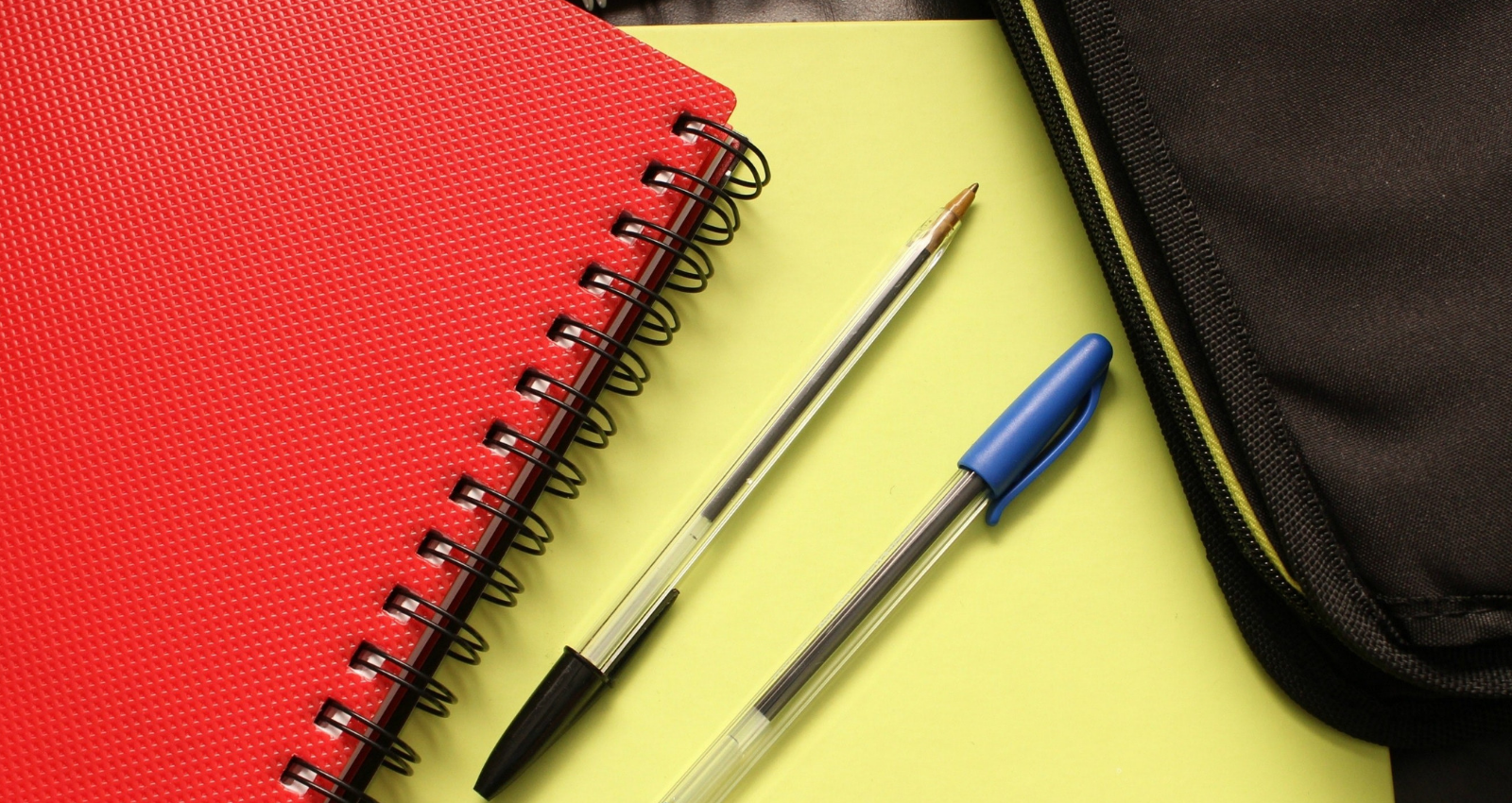
Dysgraphia in children: Most common questions answered
What are the signs of dysgraphia?
- Poor Grammar - children with dysgraphia often have difficulty producing sentences that are grammatically correct. Punctuation can be missed and spelling can be poor.
- Poor handwriting – Handwriting is often disorganised and children find it hard to spell and write in a straight line as well as space out text. Some children with dysgraphia struggle to know directional differences, such as left/right and over/under.
- Ambidexterity - Many children with dysgraphia are ambidextrous (use both their left and right hand to write).
- Frustration from handwriting – children with dysgraphia often feel frustrated when asked to write and complain of it causing them to have a sore hand. Some children with dysgraphia also have dyspraxia which can affect motor skills. This in turn can affect their ability to write and make writing uncomfortable.
- Avoidance of school work and low self-esteem – children can often try to avoid schoolwork if they have dysgraphia as they are worried about their poor handwriting. It can lead to them feeling embarrassed and having low self-esteem.
- Saying words out loud while writing can be a coping mechanism for a child with dysgraphia.
Is dysgraphia a form of autism?
Dysgraphia is not a form of autism, however it is a co-morbid condition that typically presents in people with autism. It can also present in people who do not have autism.
Is dysgraphia inherited?
Learning difficulties such as dysgraphia often run in families, however, this is not always the case. Lots of children with dysgraphia also have other conditions such as ADHD and dyslexia.

What age can you get dysgraphia?
Most children with dysgraphia are diagnosed at school where they are expected to learn to write, however, it is possible to notice the symptoms of dysgraphia as soon as your child starts to play with crayons.
In preschool children, markers are often resisting colouring and drawing opportunities, difficulties holding crayons and pencils, complaining of a sore or tired hand when drawing and struggling to do activities involving patterns such as tracing and dot-to-dot.
Is dysgraphia a disability?
Dysgraphia is a type of learning disability that affects writing abilities.
What are the causes of dysgraphia?
The cause of dysgraphia is often unknown, particularly in children. It is more common in children with disabilities or developmental delays. It also sometimes runs in families.
In adults diagnosis often follows a serious medical event such as a stroke or brain injury.
How can I help my child with dysgraphia?
If you suspect that your child has dysgraphia which has not yet been diagnosed, you should speak to your Health Visitor or General Practitioner who can refer you to a specialist.
There are things that you can do at home to help your child such as:
- Using a pencil grip and writing aids to help them hold a pencil or crayon.
- Using wide-ruled paper to help with letter alignment.
- Being open and honest with them about their dysgraphia and never critical.
- Allowing them to use a computer when appropriate instead paper to write.
- Praising them for their effort.
- Using stress balls and other aids to help them to improve muscle tone in their hands and coordination.

